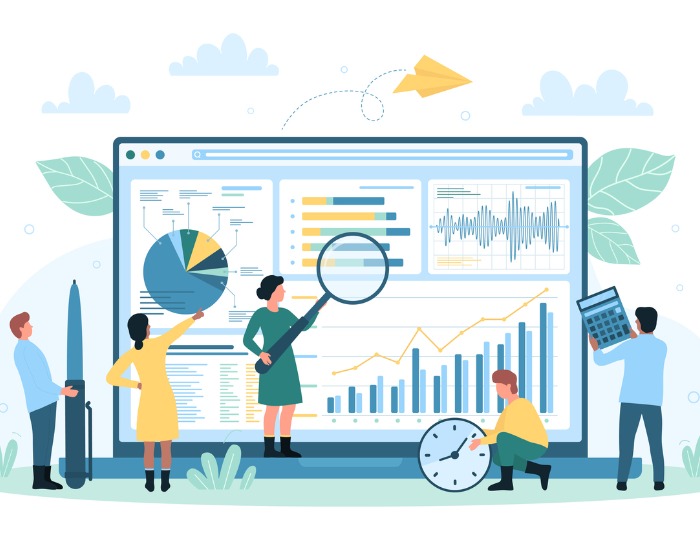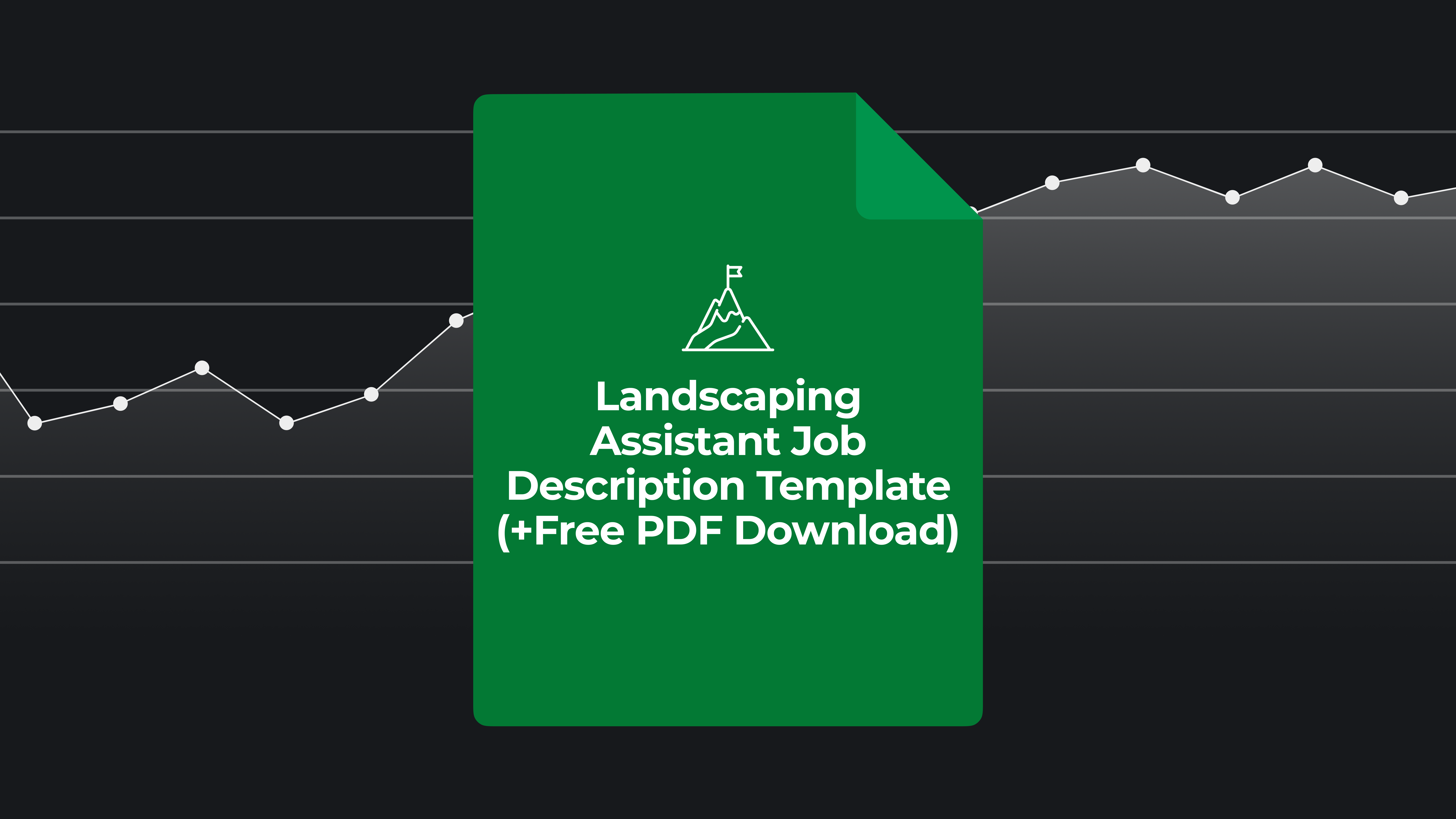Table of Contents
Table of Contents
End-to-end functionality
Remember that your ideal software will be a comprehensive solution for running a business in the field service industry. Anything less than all-in-one business management risks creating workflow silos, performance bottlenecks, and financial blind spots.
Any software options you consider must have comprehensive features to achieve optimal results, including:
Operational workflows
Templates for repetitive and time-consuming tasks
Real-time financial and analytical reporting
for client communication and team collaboration
Team management with time tracking
Synced tool sets connecting workflows such as estimating to job-costing
Sales enablement with in-platform messaging and notifications
As a professional landscaper, you likely have established effective workflows. The right software will provide integrations and customer support for customizable functionality such as Quickbooks syncing to streamline bookkeeping.
With the correct integrations available, it’ll be a smooth transition into the new platform. You want your teams to feel free to explore the new workflows and find enhanced ways of performing their day-to-day tasks. Each tool should come with some form of automation or efficiency boost, allowing your teams to drive wider impact with their roles without slowing down for every tedious task.
In the world of business management software, comprehension equates to scale. Without the full scope of what’s required to enhance your business from top to bottom, you’ll never achieve long-term scalability.
Prioritize scale
Your business needs to be able to maintain quality as it grows. Standardizing your business operations helps you maintain consistency throughout your expanding organization.
Creating new workflows is only one aspect of streamlining your business. A management software will help you facilitate entirely new frameworks for how your landscaping company operates. These types of frameworks drive business-wide consistency in operations. Meaning new sectors can quickly ramp up to the way you operate, maintain performance goals, and remain aligned with the wider organization.
When your management tools work cohesively, you can build frameworks out of your enhanced workflows. If your management tools are flexible enough, you can customize these frameworks to the specific business functions of your company and begin expanding with ease.
Focus on visibility
Visibility is key to maintaining quality throughout business growth. End-to-end management requires tools that drive around-the-clock visibility. If you can’t easily tap into performance, financials, or project tracking, then your tool isn’t comprehensive enough.
Every feature of a landscape business management software should enable some aspect of:
Deeper visibility for better job costing and project management
Company-wide transparency to empower accountability
Greater management access
As you onboard your new software, you should be able to facilitate new processes and workflow frameworks that make it easier to align your operations and unlock new profitability.
Whether acquiring new businesses, expanding into new markets, adding more team members, or increasing subcontractor hires, your new software should improve project management and get every aspect of your business running as a cohesive unit.
Compare your current processes
If you’re unsure which features cater to a landscape and lawn care business, look at how your company currently operates.
What processes do you rely on most in your day-to-day work?
What systems drive success for your landscaping company?
Your new platform is going to supercharge job management processes. It’s a red flag if it’s not apparent how a potential software can increase productivity.
Take the following steps to ensure you find the right fit with a new field service management software.
Ask your team about their needs
Your team can reveal the major weak points of your current system. They can also help you ensure the software’s mobile app is user-friendly and will meet their needs in the field.
Communicating with your team ensures you invest in something with functionalities to improve their workday, such as optimization for job routing and service and material checklists.
Speak to customers
Customers are willing to follow up with business owners with feedback because they want to improve their experience.
Clients—both commercial property managers and homeowners—may have insights about your competitors that will help you pinpoint missing pieces in your customer management processes.
Check on industry trends
To ensure your processes stay up-to-date, make sure the new software provides regular updates and new feature releases.
Dig into industry reports, outlets, and magazines, and talk with other landscape contractors to see what’s new and working in the industry.
If you spot a rising trend that might benefit your business, reach out to your software’s support team. They may be able to help you optimize your software workflows with the new strategy in mind, or provide you with information on an upcoming update that aligns with the trend.
Consider also working with your vendor's rep to ensure they stay on top of industry trends themselves. If your software team isn’t filled with landscaping enthusiasts as tapped-into the landscaping industry as you are, they’re most likely not the best fit.
Start with our end-to-end checklist
Streamline your search for a cloud-based software platform with the Landscaping Management Software Checklist that covers all the features you need to scale and see how they enable growth.
Fill out the form to download the checklist and compare software solutions.
Expand your search for a new management platform with these resources:
Schedule a free demo to see Aspire’s capabilities and how they can improve your current operations and position you at the forefront of the landscaping industry.











